Name Mario Filho | Role Journalist | |
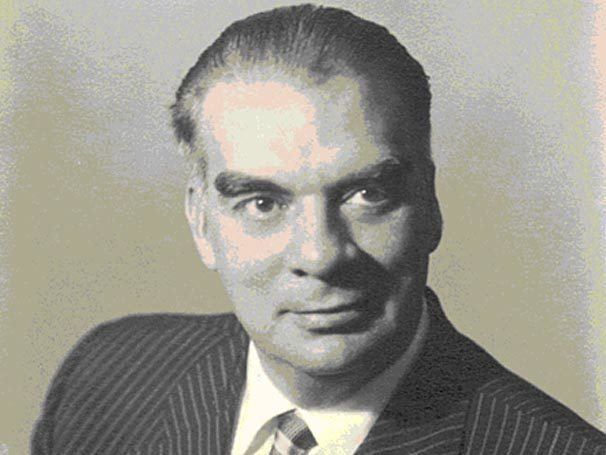 | ||
Books Batting for the Empire: A Political Biography of Ranjitsinhji Siblings Nelson Rodrigues, Roberto Rodrigues Parents Mario Rodrigues, Maria Esther Falcao Nieces Sonia Rodrigues, Daniela Rodrigues, Maria Lucia Rodrigues Similar People Nelson Rodrigues, Roberto Rodrigues, Ruy Castro | ||
Sportv sk8 - Mário Filho melhor reporter.ASF
Mário Rodrigues Filho, better known as Mário Filho (Recife, June 3, 1908 – Rio de Janeiro, September 17, 1966) was a Brazilian journalist and writer.
Contents
- Sportv sk8 Mrio Filho melhor reporterASF
- A hist ria do est dio jornalista m rio filho o maracan globoesporte com
- Life
- References
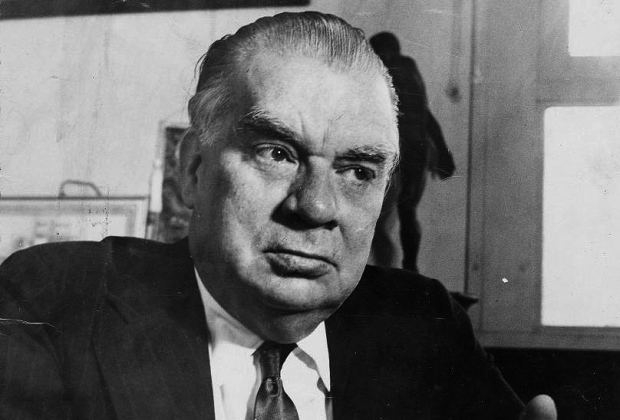
Born in the capital of Pernambuco state, Mário Filho moved to Rio while still a child, in 1916. His father, Mário Rodrigues, owned the newspaper "A Manhã" ("The Morning"). The younger Mário began at his father's paper in 1926 as a sports reporter, pursuing a relatively undeveloped form of journalism.
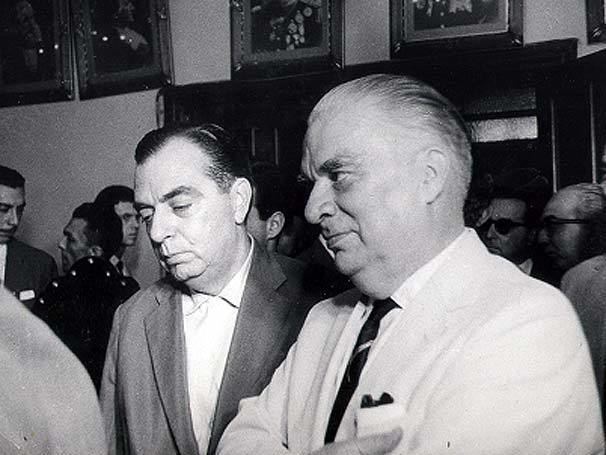
A hist ria do est dio jornalista m rio filho o maracan globoesporte com
Life
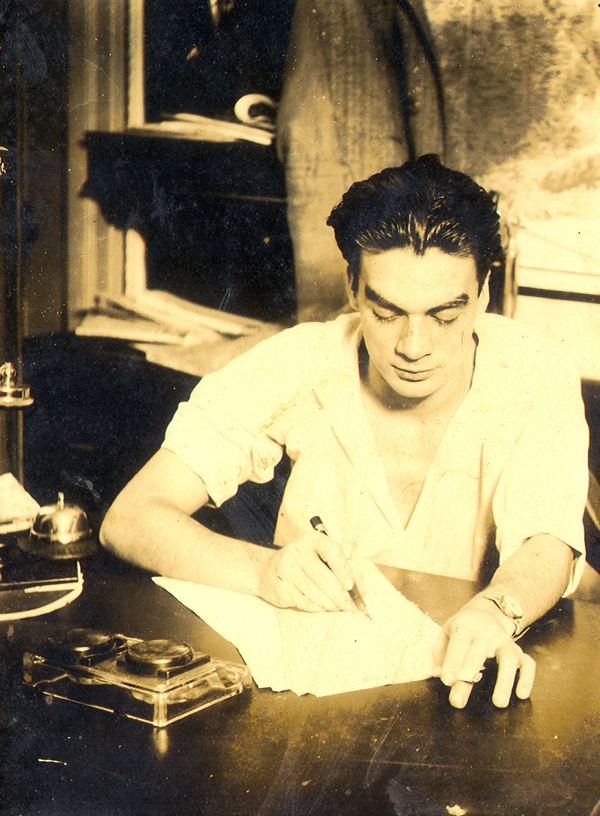
Mário Filho, the son of Mário Rodrigues a journalist of the local daily Diário de Pernambuco, was born in the capital of Northeast Brazilian State of Pernambuco Recife in 1908. On his election as a Member of the Federal Parliament in 1912, the family moved to the former capital of Brazil, Rio de Janeiro.

Mário Filho began his career as a reporter for the daily newspaper, A Manhã in Rio, which was then in possession of his father. By 1926 he had completely specialized in sports. Filho was himself an ardent follower of the sport, which had established itself in Brazil since the turn of the century, and filled with reporting on all sides, which was uncommon in those days. In the second paper of his father Crítica he revolutionized football coverage. He reported in detail on players and matches and made use of it as a language, the same language also was made use of by the fans. The myth of the derbies phase between the leading football teams of Rio Fluminense and Flamengo is also attributed to him, to be co-founded. Even the term Fla-Flu goes back to him.
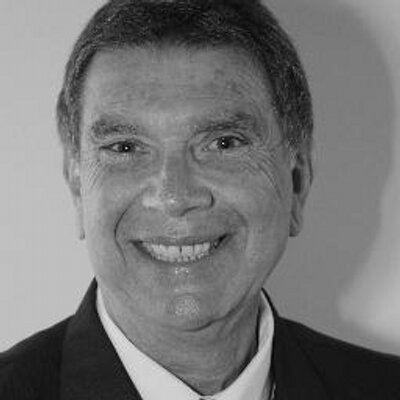
After the death of his father, Mário Filho led the Crítica newspaper for a short time, to a speedy end. In 1931 he founded O Mundo Sportivo, the first magazine in Brazil dedicated to sports, whose existence though was quite brief. In 1931 he joined the newspaper O Globo, where he later worked with the media mogul Robero Marinho, also with whom he often played Snooker.
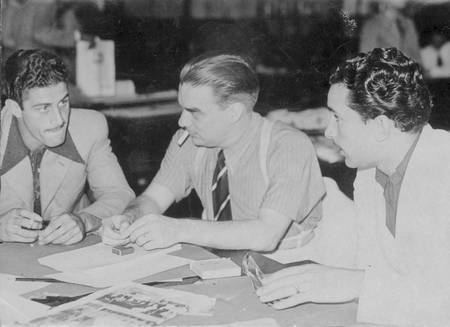
In 1932 he founded the annual competition of samba for schools of Rio de Janeiro, the Desfile de escola de samba - now one of the main tourist attractions of the city. This was originally intended as a stopgap, because Mundo Sportivo lost readership strongly between the relatively few and short football competitions. The actual idea for this, however is attributed to the journalist Carlos Pimentel working for Mundo Sportivo.
In 1936, he took over from Roberto Marinho at the Jornal dos Sports, briefly after JSports called upon. JSports inspired the introduction of other sporting events, such as the Jogos da Primavera ("Spring Games") for women's sport and football competitions for youth teams. Outstanding contribution was made in 1950 for the resumption of the 1933 Torneio Rio-São Paulo between the leading clubs within both states. In the late 1940s, Mário Filho was involved with the Jornal dos Sports initiative for building the main stadium of the Football World Cup 1950 not in Jacarepaguá, but in the western outlets of Rio de Janeiro. It was in the district Maracanã just a few kilometers north of the city center on the then-orphaned grounds of the racecourse of Derby Clube. Its main adversary was the journalist and councilor Carlos Lacerda, later aspirant for president and governor of the state of Guanabara. Also in 1951, Copa Rio, a kind of Club World Cup, was launched based on an idea by Filho.
Mário Filho also appeared as the author of several books in publication. In 1947, his book O negro no futebol brasileiro ("The Negro in Brazilian football") was published and is still considered a classic of Brazilian sports literature. In it, he describes the rise of the first black stars like Arthur Friedenreich, Leônidas da Silva and Domingos da Guia. Posthumously published in 1994, Sapo de Arubinha ("The toad of Arubinha") is a collection of articles by Filhos documenting the Brazilian football in the first half of the 20th century.
Mário Filho died in 1966 at the age of 58 due to a heart attack, leaving behind his wife Célia (whom he had met on the beach of Copacabana and married at the age of 18 years). Célia committed suicide just a few months after his death. In his honor, the old Municipal Stadium Maracanã was named Journalist Mário Filho Stadium. Mario Filho was a fan of the Clube de Regatas do Flamengo.
The great playwright and chronicler Nelson Rodrigues, brother of Mario Filho, honored him with the name "the creator of crowds", because of his importance in popularizing football in Rio de Janeiro and Brazil.
